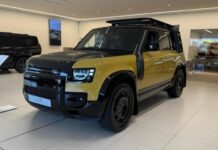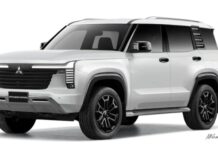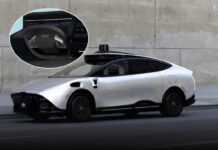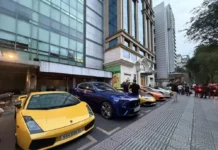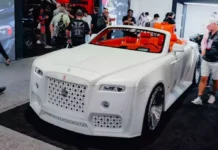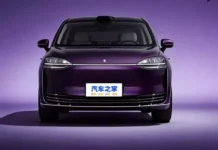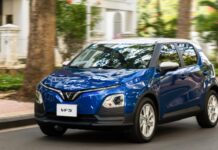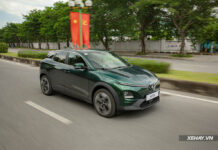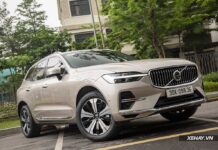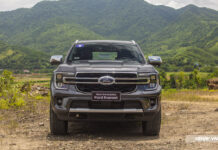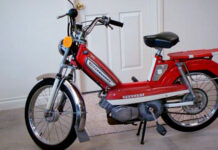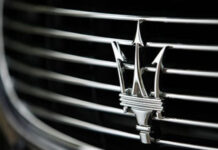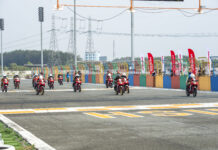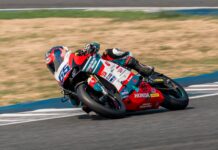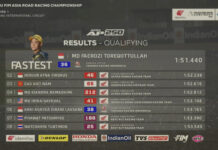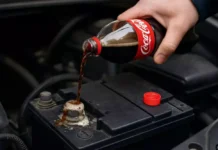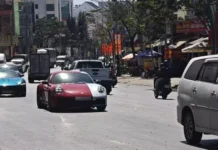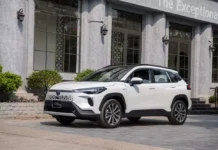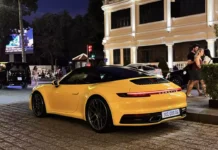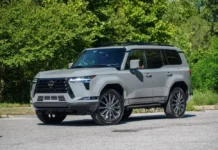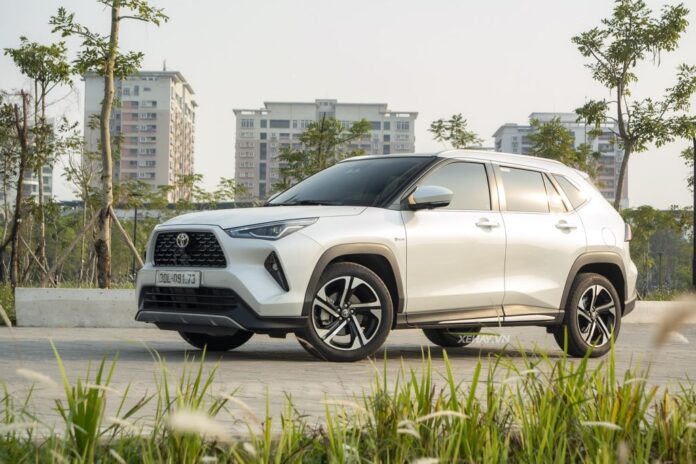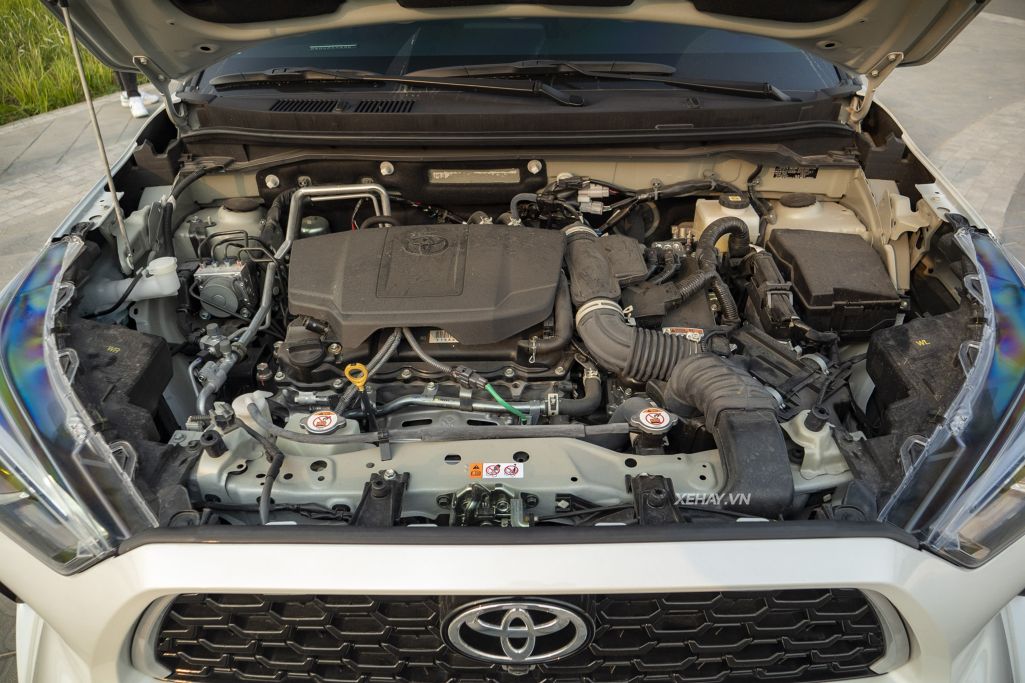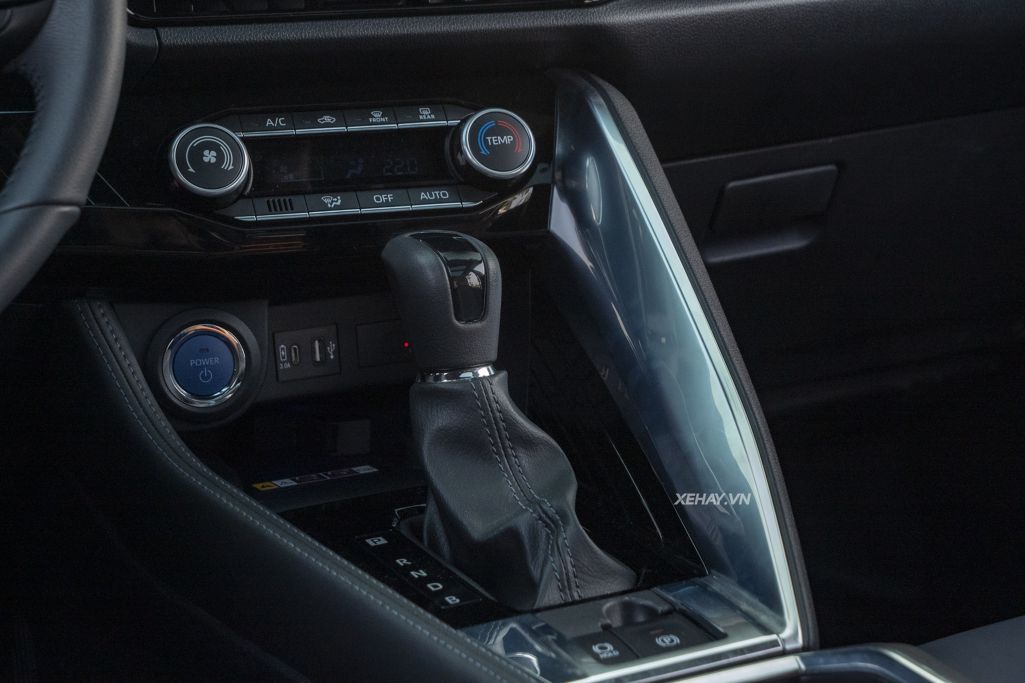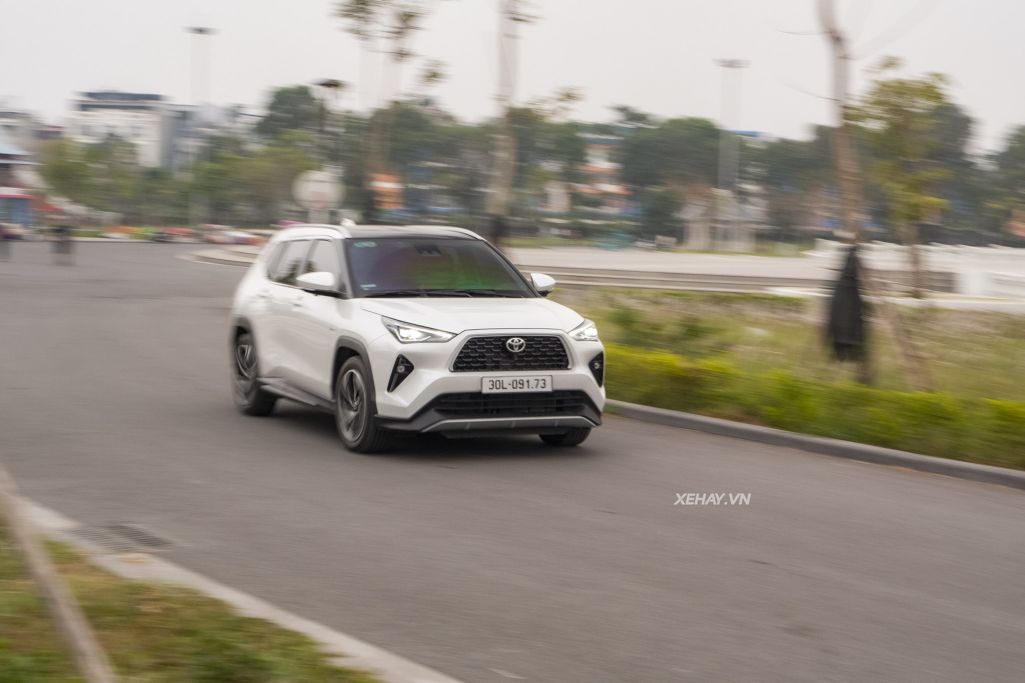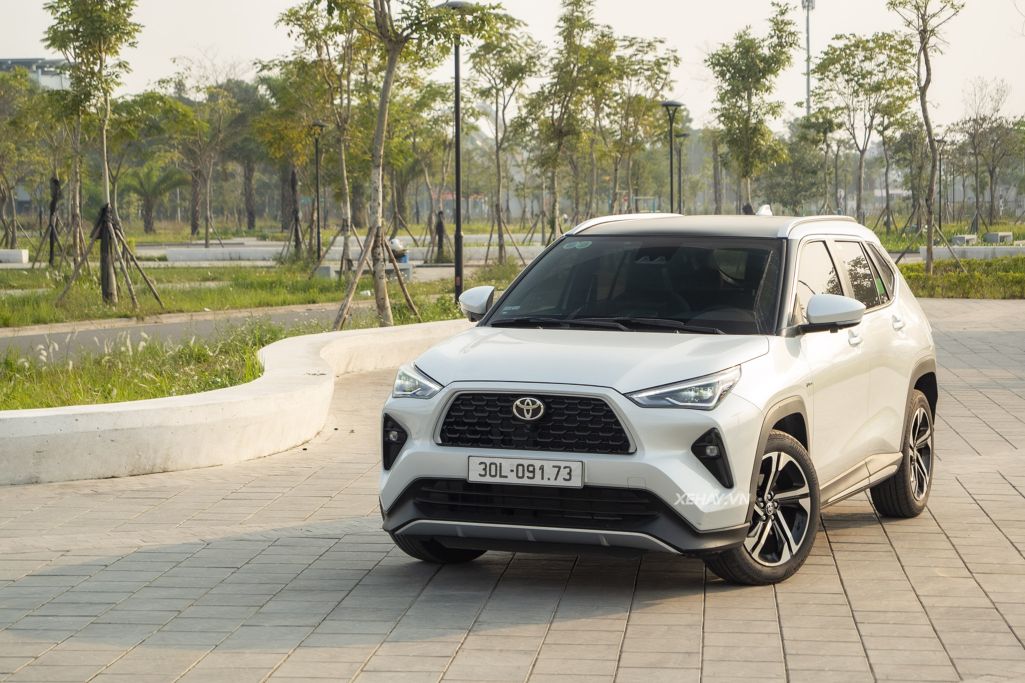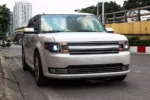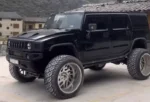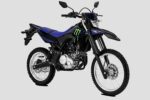A Real-Life Scenario from a Toyota Yaris Cross HEV Owner in Vietnam Has Caught the Attention of the Hybrid Vehicle Community.
According to the story, while waiting at a prolonged red light, the driver of this Toyota Yaris Cross HEV shifted the gear selector from D to N (neutral) and applied the foot brake, a common practice in conventional gasoline vehicles. However, something unexpected happened: the vehicle’s center dashboard displayed a warning message, stating, “Traction battery needs to be protected. Refrain from using the N position” (translated from Vietnamese).
This notification left many hybrid vehicle owners confused about whether their everyday driving habits were correct.
So, is it advisable to shift to neutral when stopped at a red light? How does the hybrid system work? And what driving habits should hybrid owners adopt to suit the technical characteristics of these vehicles? Here are some considerations for drivers of hybrid vehicles.
The hybrid system relies on the combination of an internal combustion engine and a traction battery. Consequently, during operation, the gasoline engine not only provides propulsion but also charges the battery. In parallel, the regenerative braking system recovers kinetic energy and feeds it back into the hybrid battery.
This electrical energy is especially beneficial during vehicle startup, low-speed operation, and rapid acceleration, contributing to reduced fuel consumption and emissions compared to conventional gasoline vehicles.
While it is a common practice to shift to neutral at red lights in gasoline vehicles to reduce engine load and save fuel, doing so in a hybrid vehicle can have the opposite effect.
When the vehicle is in neutral, the drivetrain is disengaged, meaning the hybrid battery will not be charged, even if the gasoline engine is running. If this situation persists, the battery’s voltage may drop below the allowable threshold, triggering warnings or even rendering the vehicle inoperable.
Moreover, when the battery is low, the gasoline engine has to work harder to restore the electrical charge, increasing fuel consumption, which contradicts the very purpose of hybrid vehicles.
In reality, hybrid vehicle manufacturers do not recommend using neutral during temporary stops, such as at red lights or in traffic jams. Hybrid vehicles are designed to optimize the collaboration between the electric motor and the gasoline engine even when stationary, so keeping the vehicle in drive (D) and applying the brake is entirely appropriate and safe.
In modern vehicles like the Toyota Yaris Cross HEV, the auto hold feature is standard. Drivers only need to keep the gear selector in D, activate Auto Hold, and rest assured that the vehicle won’t creep or waste energy. If your vehicle lacks this feature, you can shift to park (P) and engage the parking brake during extended stops.
If you encounter a warning like “Traction battery needs to be protected,” remain calm. The recommended course of action from experts is as follows: Shift the gear selector to the P position; Restart the hybrid system; Avoid using the N position for extended periods unless necessary. Finally, the warning will disappear once the system is correctly restarted.
Driving habits from gasoline or diesel vehicles need adjustment when transitioning to hybrid vehicles because each powertrain has its unique operating principles. Understanding and adhering to the proper usage guidelines will ensure stable vehicle operation, fuel economy, and prolonged traction battery life—one of the most expensive components in hybrid vehicles.
With the hybrid vehicle market expanding and manufacturers offering more competitive pricing, Vietnamese drivers need to be equipped with the right knowledge to optimally utilize this technology, rather than inadvertently damaging their vehicles through seemingly harmless habits.
Ford Flex 2014: A Rare American Gem, Unique Design, Priced at 1.4 Billion
The Ford Flex is a unique, square-shaped vehicle that is a rare sight on Vietnamese roads. With only a handful of these cars in the country, the Ford Flex has a distinct appeal to American car enthusiasts. Its boxy design sets it apart from the typical vehicles seen on Vietnamese streets, making it a head-turner wherever it goes.


